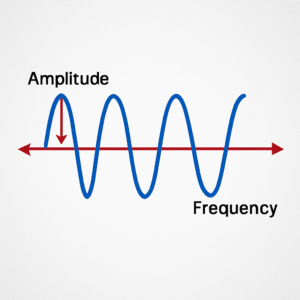
Japan updates 'megaquake' preparedness plan
TOKYO: The Japanese government said that much more needs to be done to prepare for a possible “megaquake” to reduce the feared death toll of up to 300,000 people.
Quakes are extremely hard to predict, but in January a government panel marginally increased the probability of a major jolt in the Nankai Trough off Japan in the next 30 years to 75 per cent to 82 per cent.
ADVERTISEMENT
The government then released a new estimate in March saying that such a megaquake and subsequent tsunami could cause as many as 298,000 deaths and damages of up to US$2 trillion.
In 2014 the Central Disaster Management Council issued a preparedness plan recommending a series of measures that, it was hoped, would reduce deaths by 80 per cent.

Subscribe to our Chief Editor’s Week in Review
Our chief editor shares analysis and picks of the week’s biggest news every Saturday.
This service is not intended for persons residing in the E.U. By clicking subscribe, I agree to receive news updates and promotional material from Mediacorp and Mediacorp’s partners.
But the government has said that so far the steps taken would only cut the toll by 20 per cent, Kyodo news agency reported, and an updated preparedness plan was issued on Tuesday (Jul 1).
This recommended accelerated efforts, including constructing embankments and evacuation buildings as well as more regular drills to improve public readiness.
“It is necessary for the nation, municipalities, companies and non-profits to come together and take measures in order to save as many lives as possible,” Prime Minister Shigeru Ishiba told a government meeting, local media reported.
ADVERTISEMENT
The Nankai Trough is an 800km undersea gully running parallel to Japan’s Pacific coast where one tectonic plate is “subducting” – slowly slipping – underneath another.
Over the past 1,400 years, megaquakes in the Nankai Trough have occurred every 100 to 200 years. The last one was in 1946.
The Japan Meteorological Association (JMA) last August issued its first advisory warning that the likelihood had risen but it was lifted again after a week.
You may also interested in:









